Leonardo & La Marina
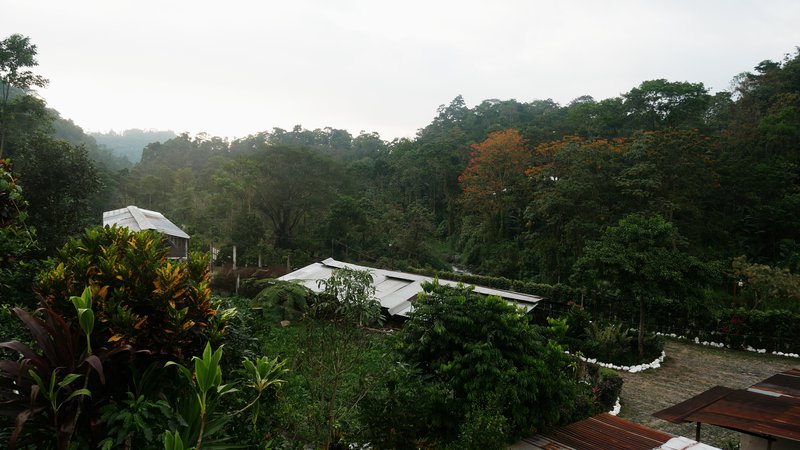
After about 30 minutes driving from the Mexican frontier, we arrived in the coffee farm named La Marina. The farm is located in San Rafael Pie de la Cuesta, at about 800/900 m.a.s.l.
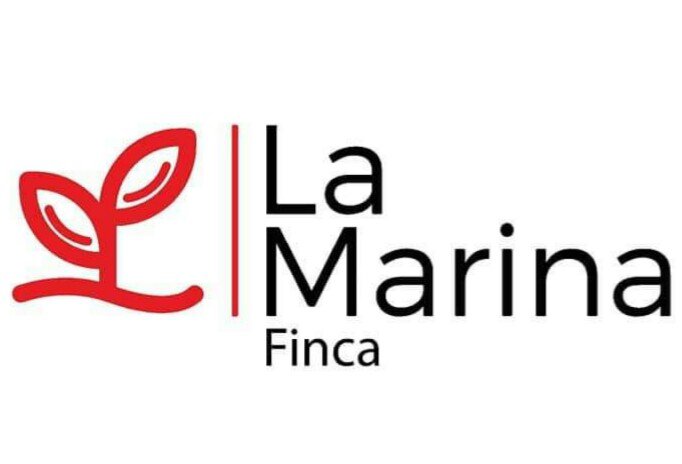
An interesting first stop for us in the department of San Marcos Guatemala. Why so?
Because the region has become a critical point for arabica coffee growing, at least for traditional varieties.
Leonardo Joachin, the owner of the farm, has always grown with coffee although he started to get more deeply into it a couple of years ago. The family business, coming from his father, is actually focused on poultry (eggs) farming.
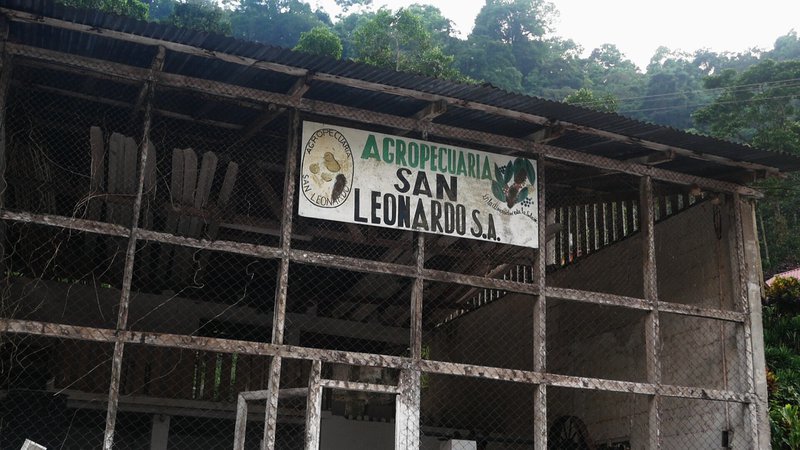
But Leonardo's father - Fredy Joachin - has always liked the surrounding of nature. On the upper part of the farm, there's 5 ha of natural protected forest reserve providing a natural source of water for the farm.
In addition to that, Leonardo's father always wanted to have trees to provide shadow and food. So many years ago he decided to plant trees and also a bit of arabica coffee. Back at that time, coffee was a convenient and secured financial resource, pretty easy to grow thanks to the very fertile volcanic lands of the area. Leonardo's father also built a wet mill to process his own coffee and sell the beans in parchment.
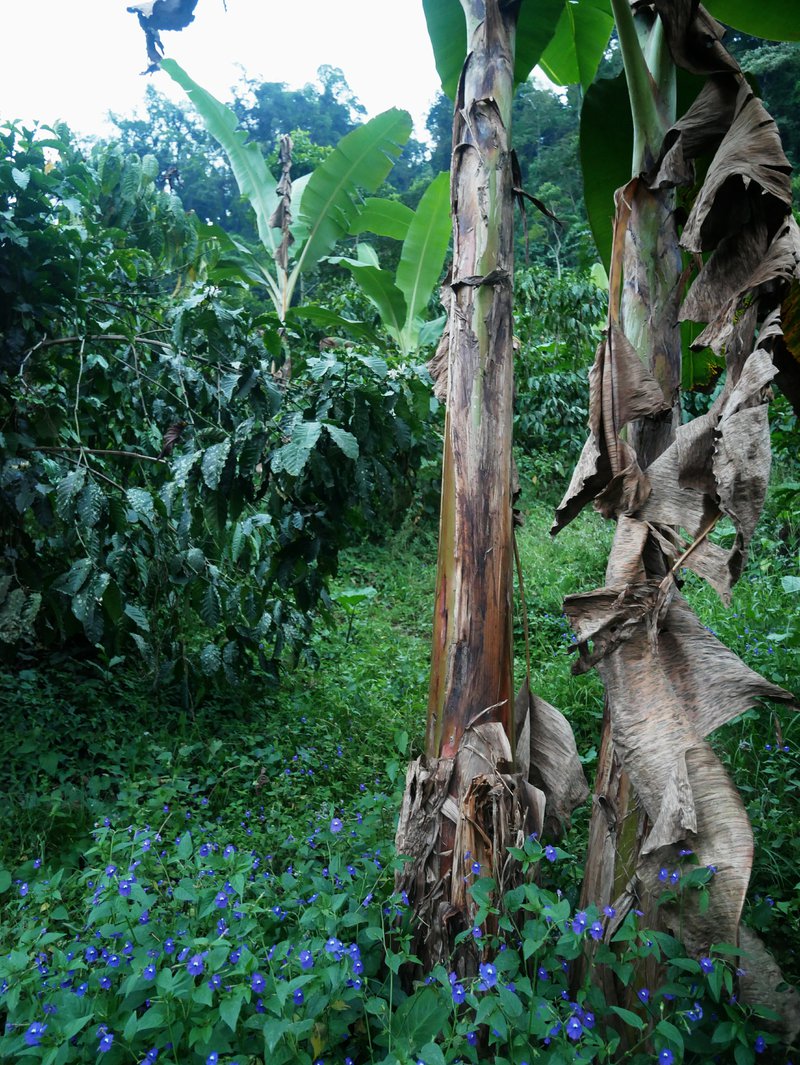
Times have changed though.
The egg farming suffers hard competition and smuggling with Mexico. The traditional varieties of coffee (mainly bourbon and caturra in this area) have been hardly stroked by the coffee leaf rust. Climate change is a constant threat and coffee prices have suffered a sharp drop over the past year forcing small producers to sell below the costs of production.
Leonardo who has taken up the family business, has witnessed and experienced all these changes. He still thinks it's worth growing coffee it but also understands that he needs to take better care.
So he started to investigate and to undertake continued training with the National Coffee Association of Guatemala, Anacafé.
He also received technical assistance from their staff to adapt his farm to the new climatic and phytosanitary conditions.
Leonardo, following the recommendations made by Anacafé regarding its soil and environmental conditions introduced robusta which now represents 3 ha of the coffee area. The remaining 2 ha are "arabigo" (caturra and bourbon)
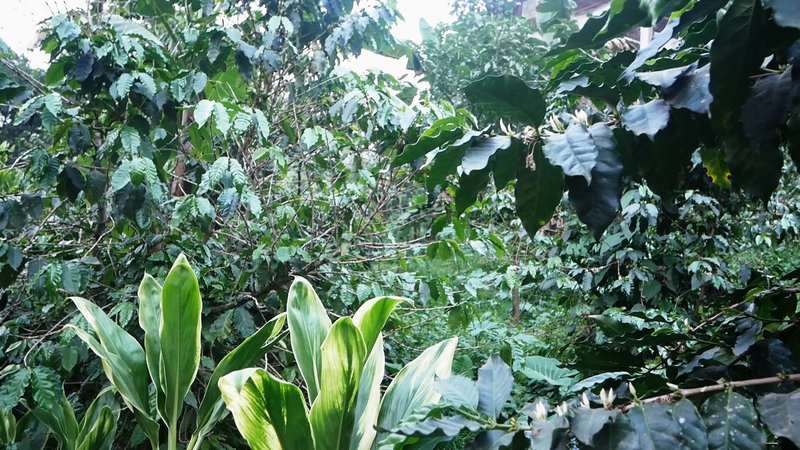
Robusta has been recently introduced to Guatemala while its production were prohibited in the past and now represents, according to Anacafé's datas, 1% of the total coffee production.
It might not be as good as arabica, explains Leonardo, but it's a way not to give up totally with the coffee growing tradition. He has also clean up another part of the farm and is now willing to plant 5 ha of Marsellesa (arabica hybrid resistant to leaf rust)

However, for the current small quantities of arabigo growing on his farm, Leonardo has other ambitions. He decided to start selling it as a finished roasted product, to sell it locally with an added value.
Once again, he received the assistance of Anacafé that provides the services of a roaster under one's own packaging and design. It's a service that they charged to the producer of course. But according to Leonardo, it's still worthy.
He explains us the changes that he had noticed over the past years on coffee consuming. Of course the café de olla with sugar or instant coffee are still predominant. But now even in supermarkets you have a whole layer dedicated to coffee from various origins. It is the good time to enter in this market. The public is already more receptive to drinking quality coffee and origin, says Leonardo.
"If I don't know my coffee, if I don't analyse it, I can have a very good coffee but I don't know it. So the buyer will take it cheap."
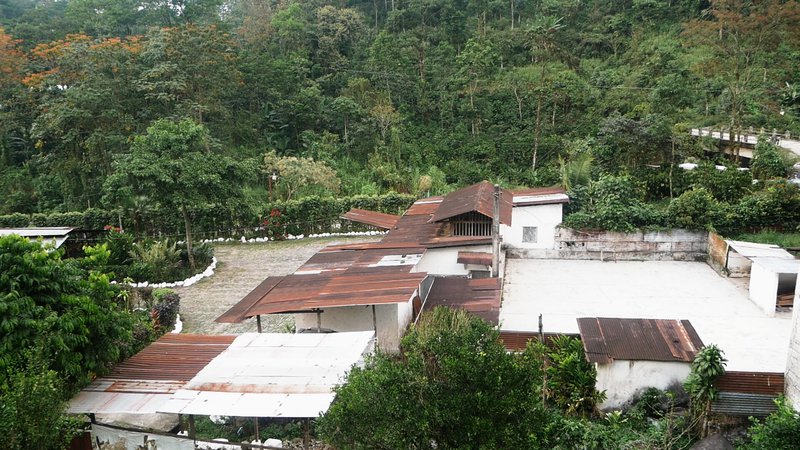
Next step for him?
To renovate the wet mill and start improving the process, both for arabica and robusta.
To pay a particular attention to the oldest and less resistant varieties such as bourbon and caturra that are still said to have a better profile.
He also plan to undertake a course of sensory coffee cupping to know the strengths and weaknesses of his coffee.
"If I don't know my coffee, if I don't analyse it, I can have a very good coffee but I don't know it.
So the buyer will buy it cheap" concludes Leonardo.

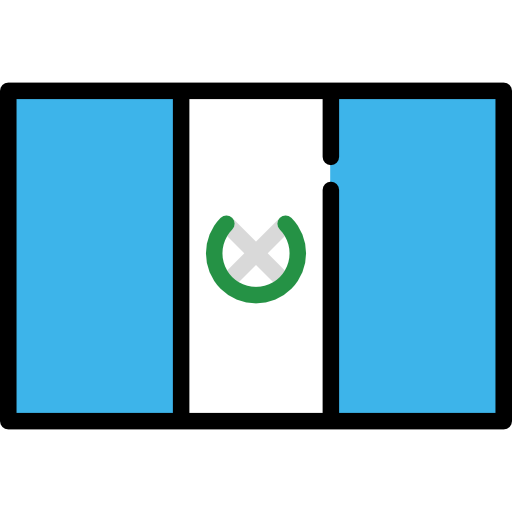 Guatemala
Guatemala Colombia
Colombia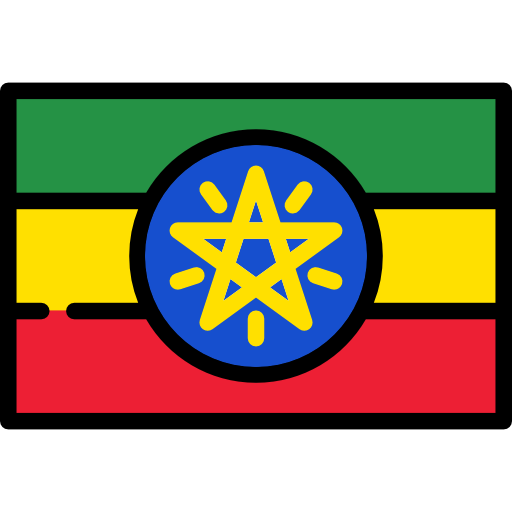 Ethiopia
Ethiopia Indonesia
Indonesia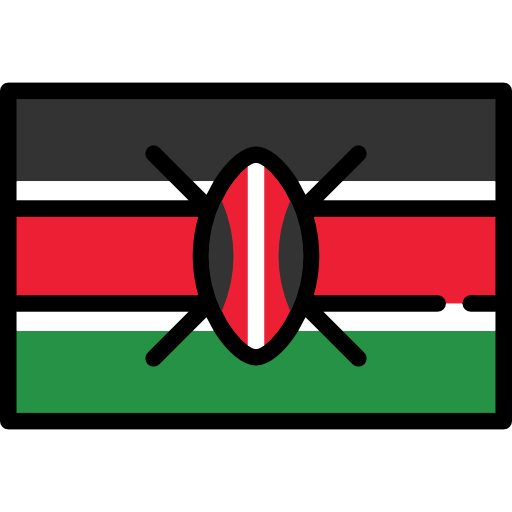 Kenya
Kenya Mexico
Mexico Philippines
Philippines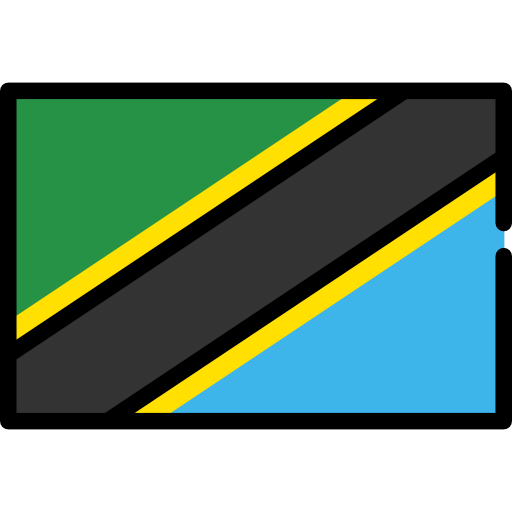 Tanzania
Tanzania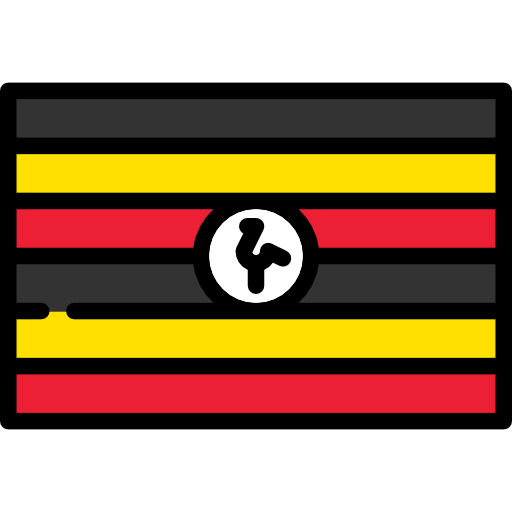 Uganda
Uganda